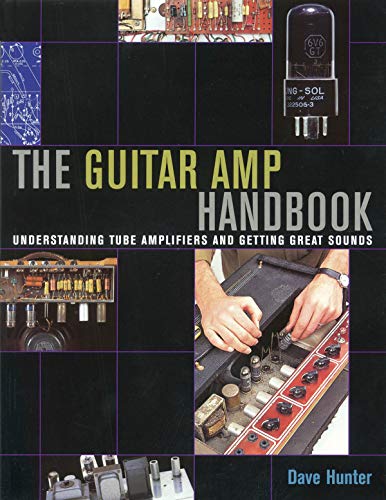systemtruck
Well-known member
Scope arrived and I was able to run some quick tests between WORK work. I had already reconnected the OT and ran these tests before seeing your message about current readings @CJ
Only had time to try the Grid1’s and the Plates, and the tests showed no signs of oscillation at either. Didn’t have time to test Grid2’s but will later.
I made sure to zoom in on the time span and also mV scale so i didn’t miss any high frequency waveforms. The grid’s basically are flat lined when the guitar volume itself is down, which is pretty nice to see, and on the Plates i can see the 60Hz power cycle which i understand gets canceled by the other side.
But one important thing is that no waveforms increase during the B+ collapse. So i don’t think that some high frequency oscillation is ramping up and causing the EL84’s to self overload, draw current, red plate, until rails collapse. I was really hoping to see that. I also used the Auto scaling function a number of times just to make sure i wasn’t somehow missing something. The scope does a pretty good job bringing everything into perspective with the press of that one button.
But, i was able to very clearly watch the distorting waveforms when hitting one string on the guitar heavily, and watch the clipping slowly disappear as the sound also cleared up. This happens on the plates as well as the input audio grids. Pretty much the same clipping. It’s possible that one side clips a bit more than the other, but not much i don’t think. I may measure for that later when i have more time. I did use 82k and 100k as different plate resistors for the PI, since other designs out there mention the nice sound of even harmonics that can introduce. But this is irrelevant from the issue. The clipping was the same way before i did that. But at least it might explain a slight difference in the point each clips.
It sure just looks like plain old diode clipping to me, but I’m not that well versed in the appearances of clipping waveforms. And again, this clipping does not exist in the PI outputs when the PI is disconnected from Grids. Is it possible that the EL84 stage design is just biased to only ever handle very small signals, and i just need to redesign the balance of things to re-center the waveform better?
But the AC15 design is very similar, as are other EL84 bias designs. So I suppose that’s the ticket. Maybe it’s just some bad solder joint of mine that happens to be causing clipping and also DC current draw issues, or it’s TWO sets of badly clipping tubes that also have current draw issues.
Here are the EL84 plates during clipping:


And here are the EL84 input grids during clipping:


Only had time to try the Grid1’s and the Plates, and the tests showed no signs of oscillation at either. Didn’t have time to test Grid2’s but will later.
I made sure to zoom in on the time span and also mV scale so i didn’t miss any high frequency waveforms. The grid’s basically are flat lined when the guitar volume itself is down, which is pretty nice to see, and on the Plates i can see the 60Hz power cycle which i understand gets canceled by the other side.
But one important thing is that no waveforms increase during the B+ collapse. So i don’t think that some high frequency oscillation is ramping up and causing the EL84’s to self overload, draw current, red plate, until rails collapse. I was really hoping to see that. I also used the Auto scaling function a number of times just to make sure i wasn’t somehow missing something. The scope does a pretty good job bringing everything into perspective with the press of that one button.
But, i was able to very clearly watch the distorting waveforms when hitting one string on the guitar heavily, and watch the clipping slowly disappear as the sound also cleared up. This happens on the plates as well as the input audio grids. Pretty much the same clipping. It’s possible that one side clips a bit more than the other, but not much i don’t think. I may measure for that later when i have more time. I did use 82k and 100k as different plate resistors for the PI, since other designs out there mention the nice sound of even harmonics that can introduce. But this is irrelevant from the issue. The clipping was the same way before i did that. But at least it might explain a slight difference in the point each clips.
It sure just looks like plain old diode clipping to me, but I’m not that well versed in the appearances of clipping waveforms. And again, this clipping does not exist in the PI outputs when the PI is disconnected from Grids. Is it possible that the EL84 stage design is just biased to only ever handle very small signals, and i just need to redesign the balance of things to re-center the waveform better?
But the AC15 design is very similar, as are other EL84 bias designs. So I suppose that’s the ticket. Maybe it’s just some bad solder joint of mine that happens to be causing clipping and also DC current draw issues, or it’s TWO sets of badly clipping tubes that also have current draw issues.
Here are the EL84 plates during clipping:


And here are the EL84 input grids during clipping:



































